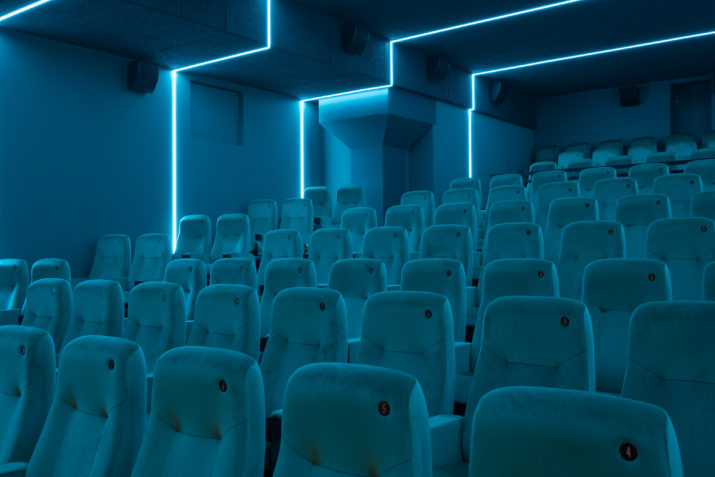
This is part of our special feature on European Culture and the Moving Image.
Marcus Wend
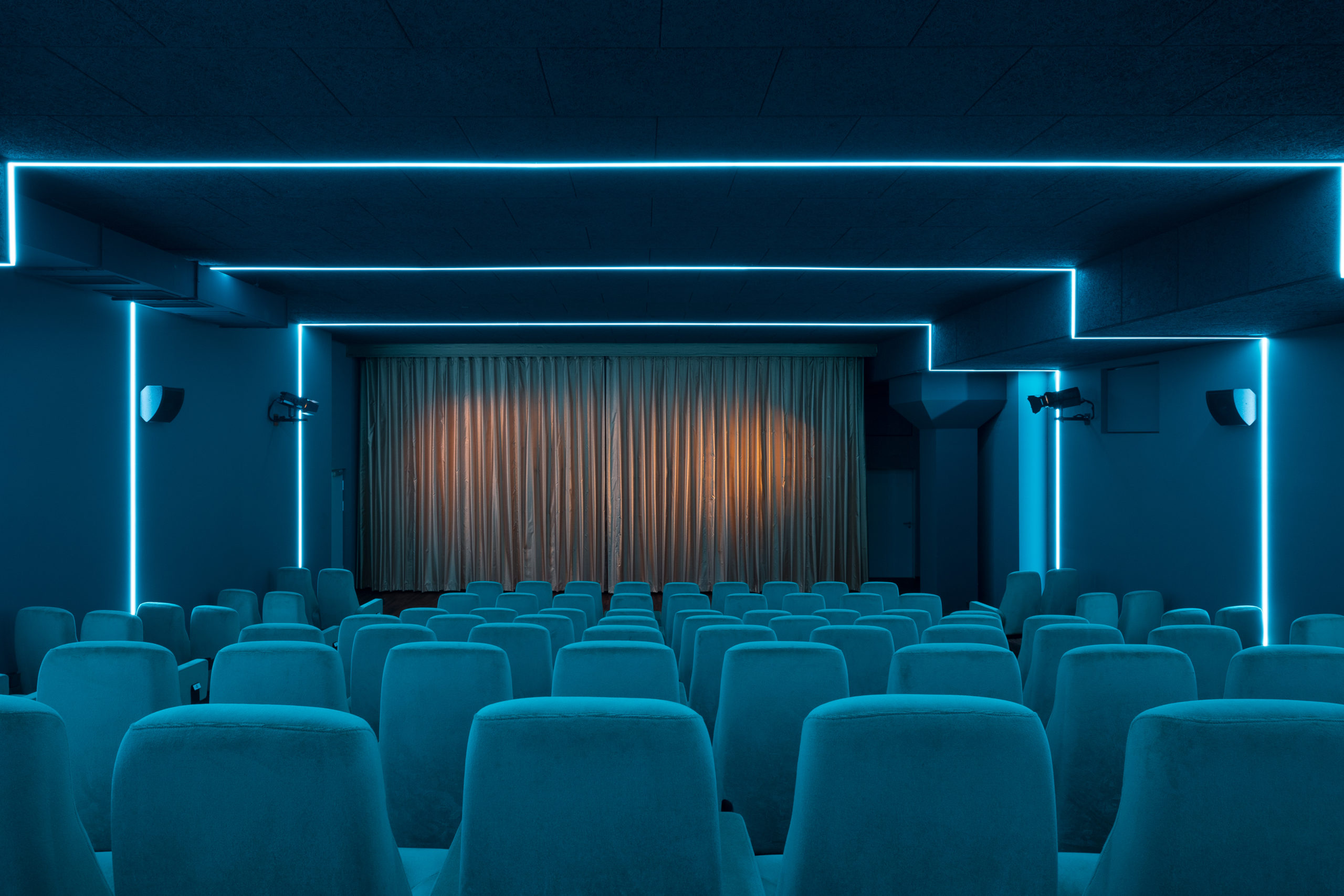
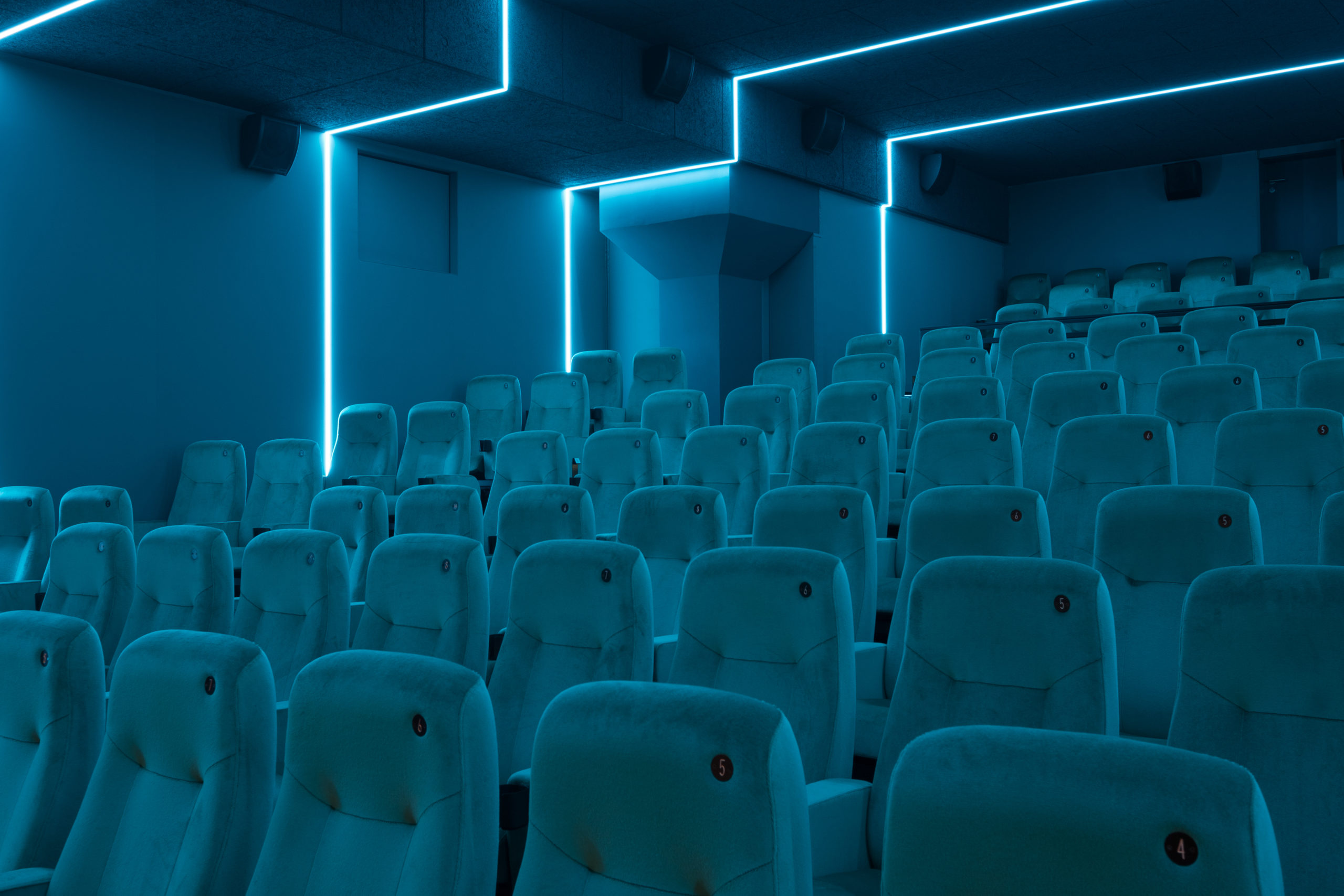
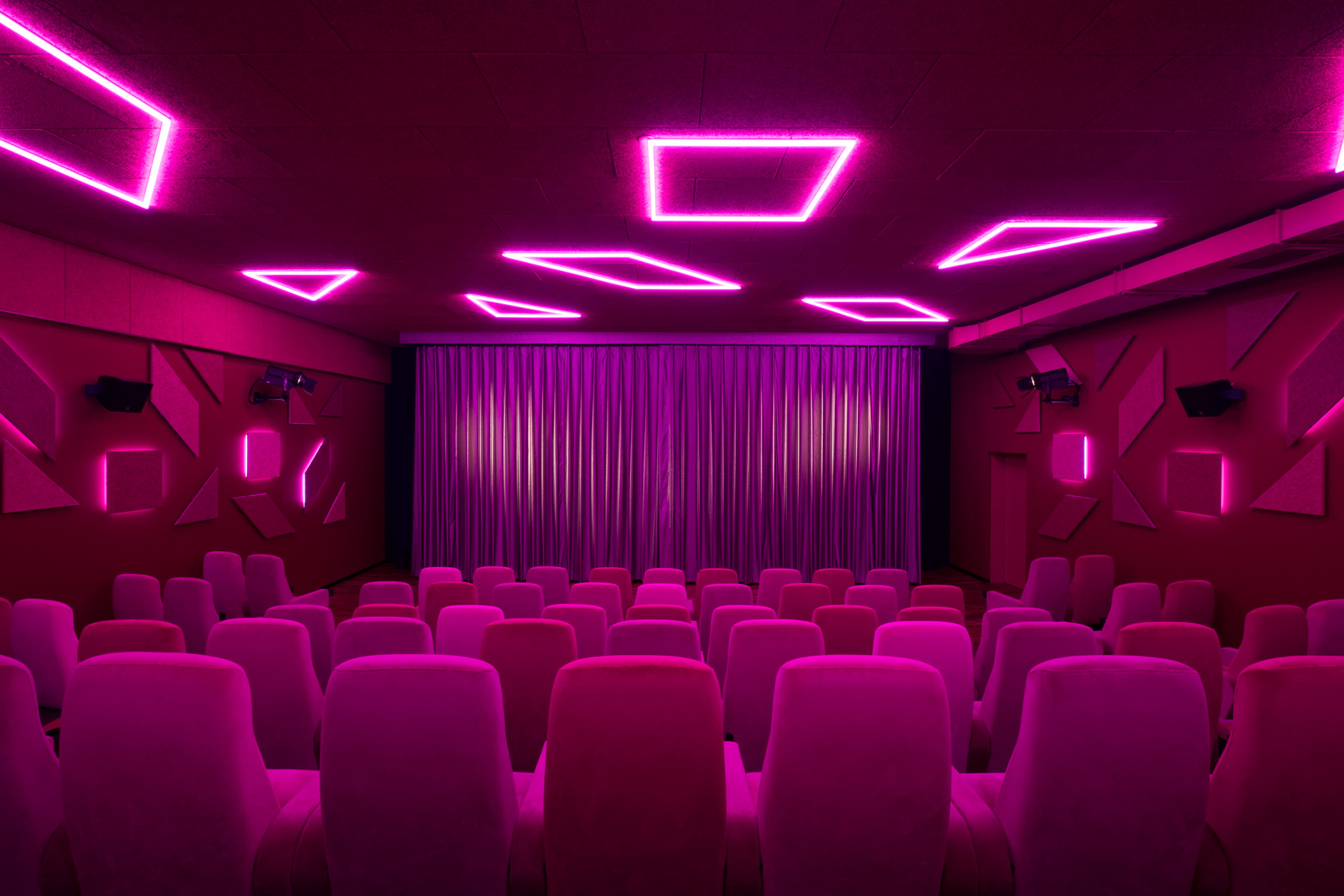
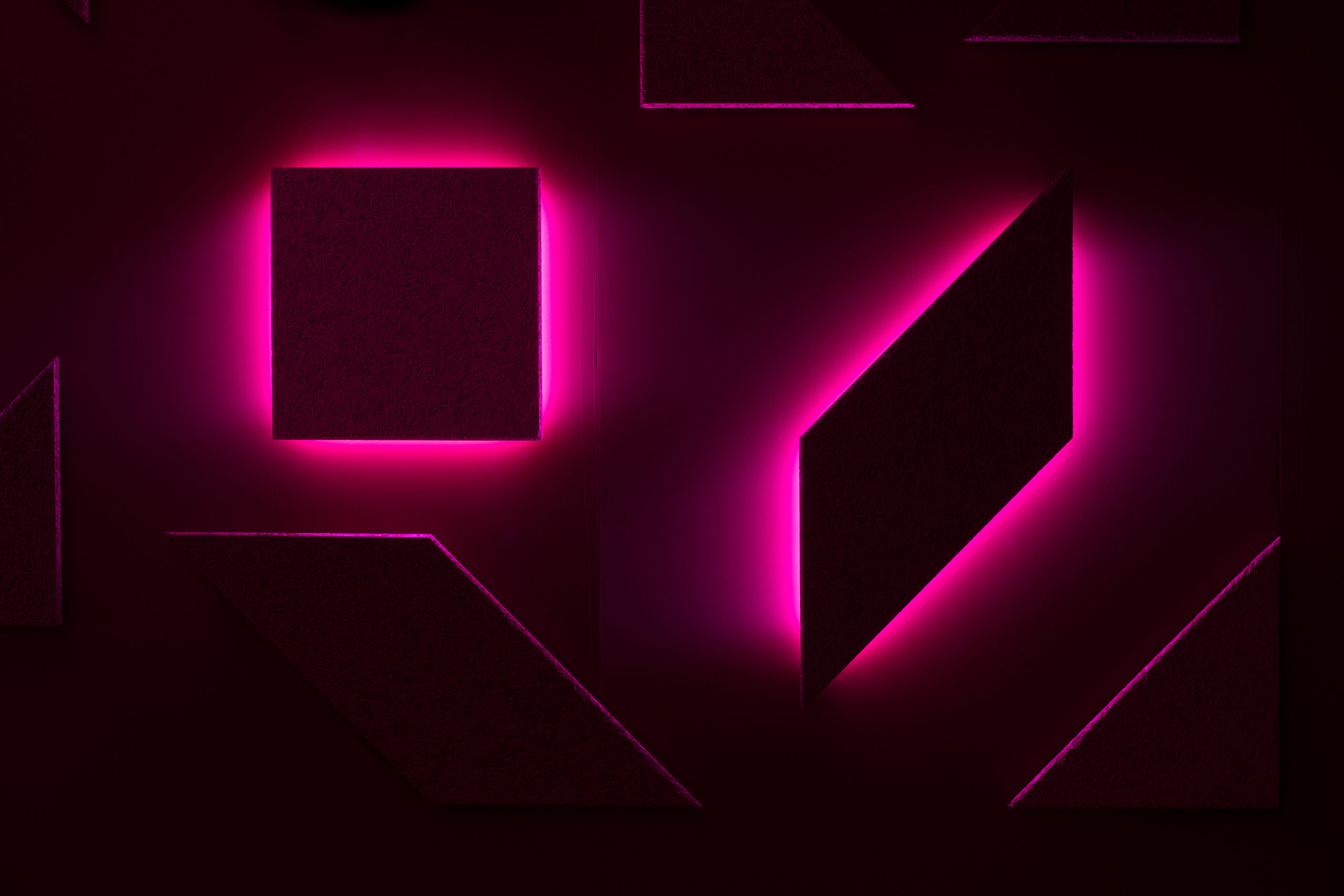
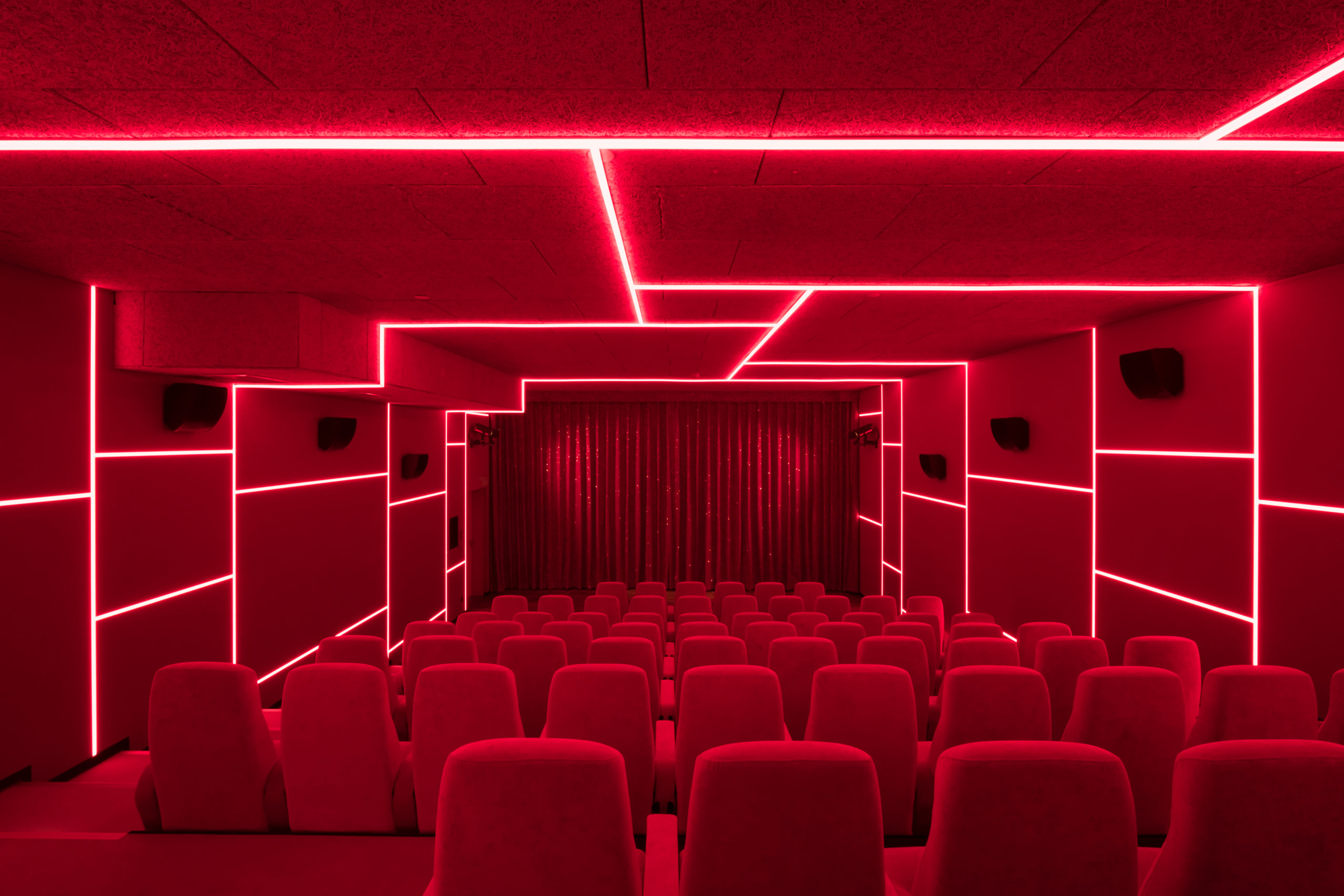
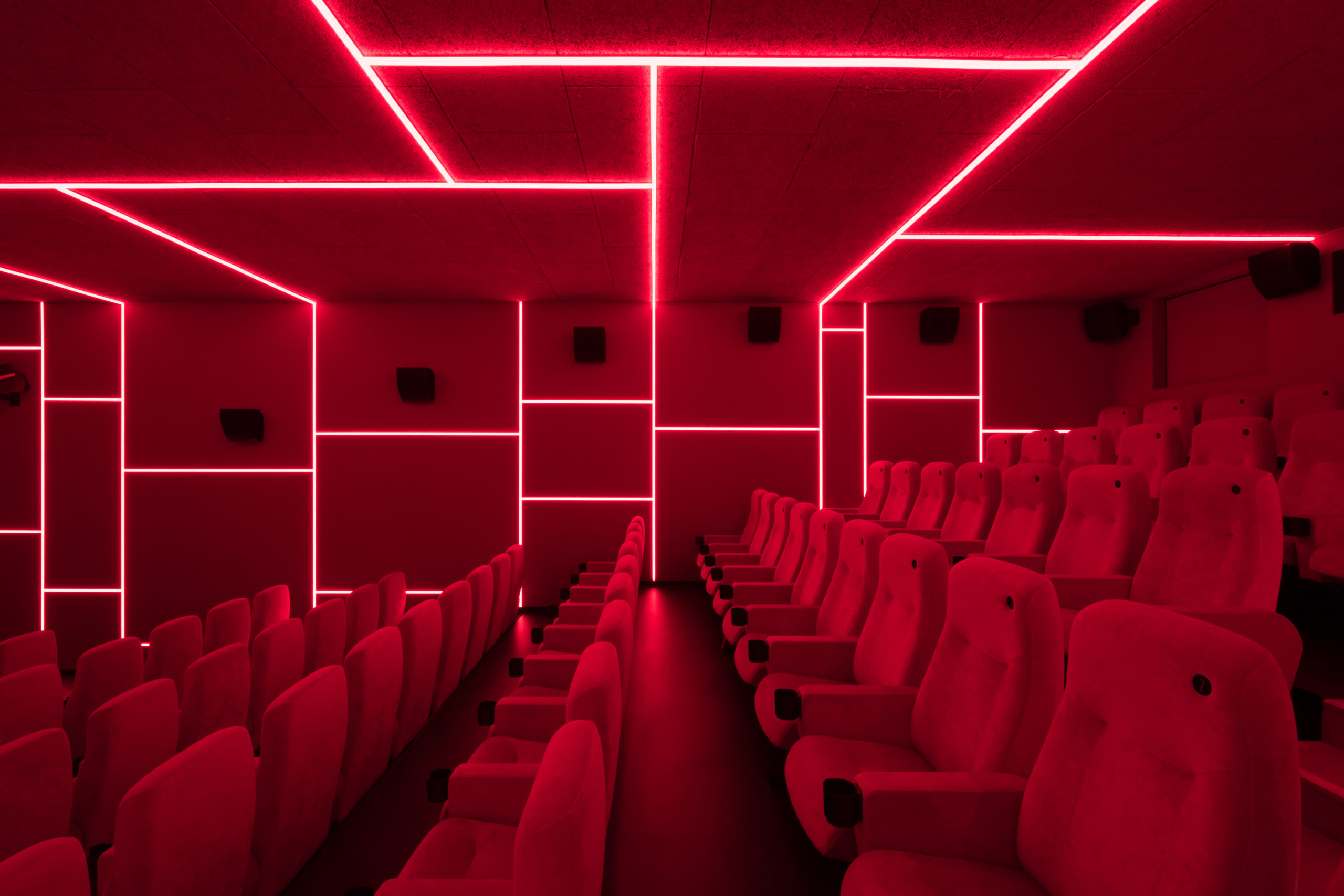
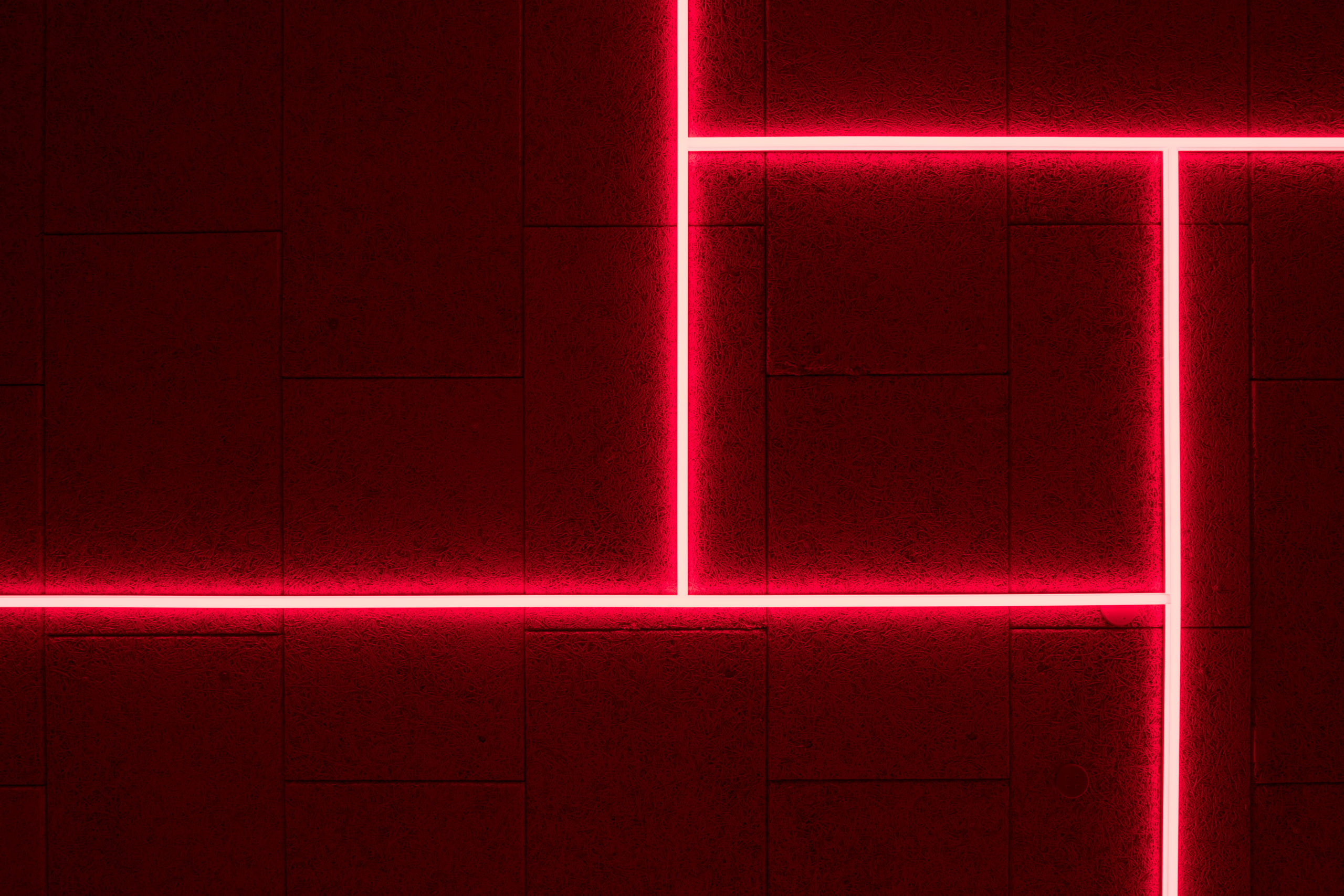
September 2017 saw the opening of a new cinema from Yorck Gruppe in Berlin’s City West district, boasting a total of 7 screens and seating for around 600 moviegoers. Bruzkus Batek designed the interior of the auditoriums and the public spaces that connect them. Located among several art and cultural institutions, including the C/O Berlin and the Helmut Newton foundation, the cinema’s design follows the concept of each auditorium being like an art exhibit in a large gallery. Each cinema hall is its own self-contained world with clearly defined boundaries, in colourful dialogue with the interior. One of the halls has an outside wall covered with hand-painted wooden tiles in various shades of pink, while another evokes the back of a stage set, with pinewood cladding on the outside walls facing the entrance area. The inside of the hall is deep “theatre red,” with thin strips of lighting echoing the angles of the space. One of the auditoriums is completely black inside, and forms an eyecatching spectacle with its network of strips of light, that seem to dissolve the boundaries of the room. These lights can be any colour desired, thanks to the use of RGB-LED technology. The lines of light theming is carried through to the two foyers and the public spaces. The paneling around the main counter of the cinema lends a delicate touch. For waiting customers, there is an organically shaped bench with a rose coloured surface.
Photographer Marcus Wend was commissioned by Batek Architects and Ester Bruzkus Architects to photograph the theater. Wend was enamored by their bold use of color and materials. Rather than explaining the room through his photos, he concentrated on the shapes and colors, which can make the photos very abstract or graphic. Not every architect would be up for that. It gives him a lot of artistic freedom, which he doesn’t usually have when photographing a pure architectural documentation. This project was of course a great playground for this approach.
Marcus Wend is an architecture and documentary photographer based in Berlin, Germany. His work has been published in various design and architecture magazines and websites such as AD Magazin, AIT, db deutsche bauzeitung, Baunetz Wissen, Dezeen, Interior Fashion, Cube, Wallpaper, Designboom, and DiePresse.
Hiroshi Sugimoto
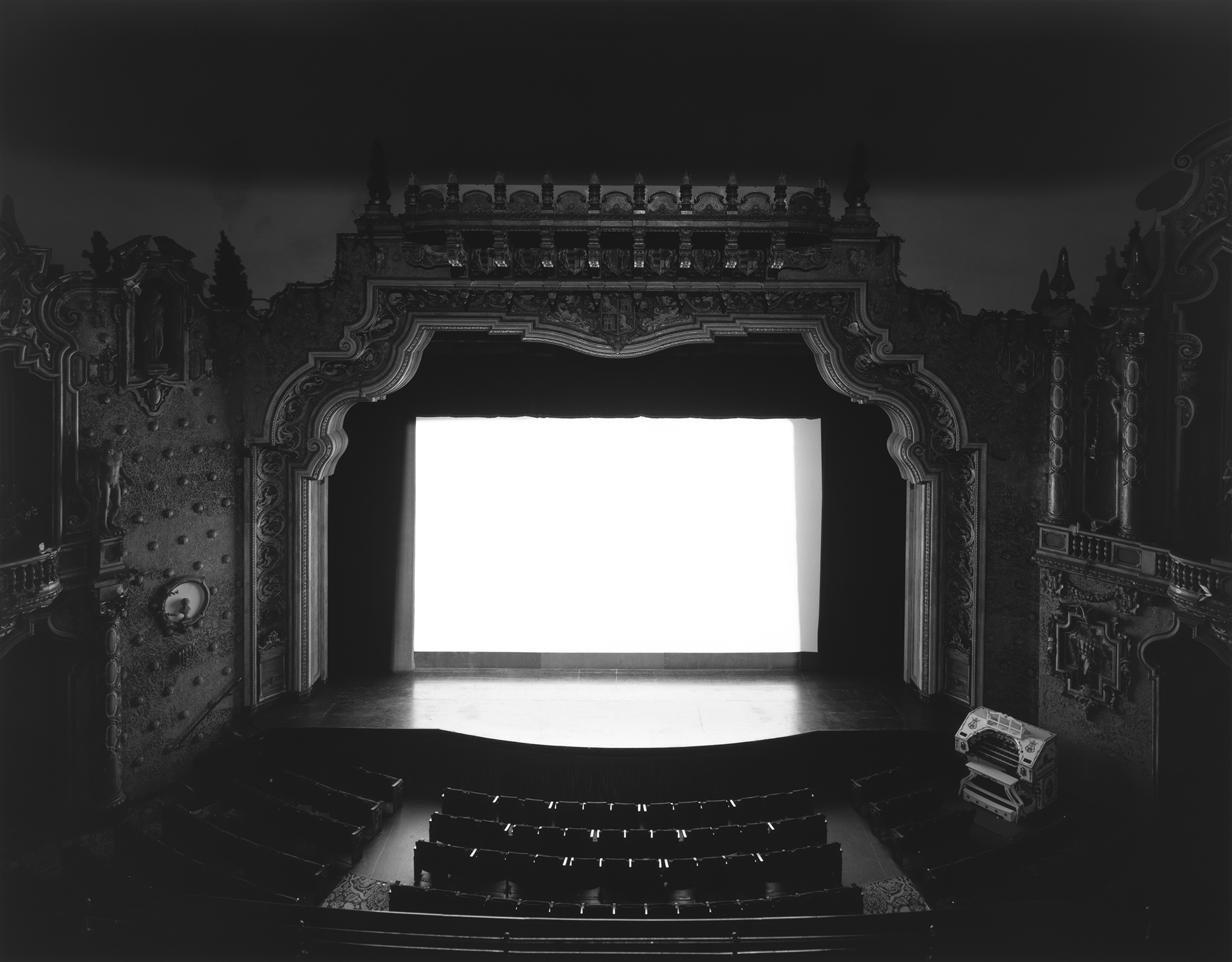
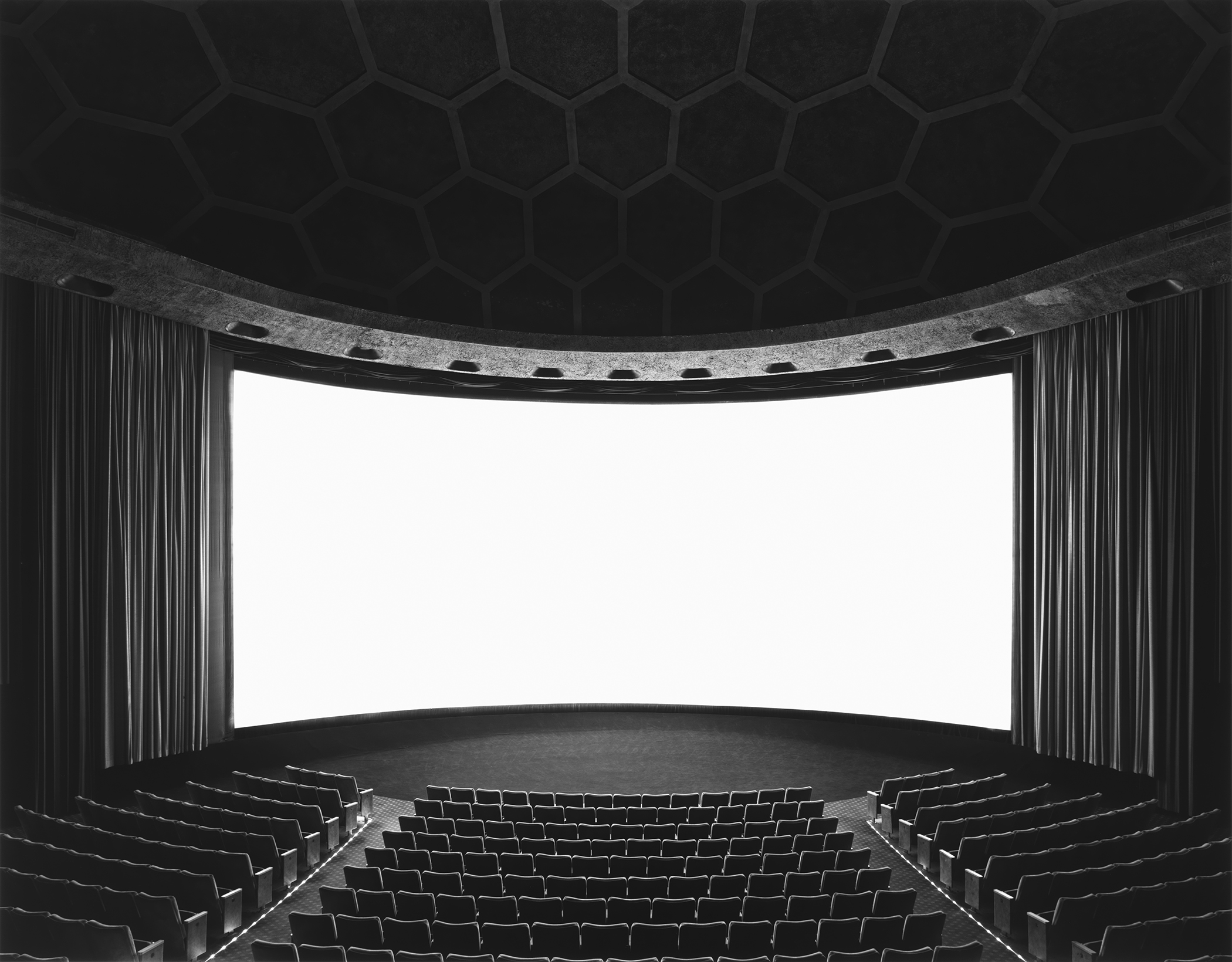
Hiroshi Sugimoto is a habitual self-interlocutor. One evening, while taking photographs at the American Museum of Natural History, he had a near-hallucinatory vision. His internal question-and-answer session leading up to this vision went something like this: Suppose you shoot a whole movie in a single frame? The answer: You get a shining screen. Immediately, he began experimenting in order to realize this vision. One afternoon, he walked into a cheap cinema in the East Village with a large-format camera. As soon as the movie started, he fixed the shutter at a wide-open aperture. When the movie finished two hours later, he clicked the shutter closed. That evening, he developed the film, and his vision exploded behind his eyes.
Hiroshi Sugimoto was born in Tokyo, Japan in 1948. He graduated from Saint Paul’s University, Tokyo in 1970 and in 1974 from the Art Center College of Design, Los Angeles. In 1974 he moved to New York where he currently resides. Recent solo exhibitions include Hiroshi Sugimoto, Tel Aviv Museum of Art, Tel Aviv, Israel (2018); Quattro Ragazzi: Hopes and Illusions of the Momoyama Renaissance – Europe through the Eyes of Hiroshi Sugimoto and the Tensho Embassy, Nagasaki Prefectural Museum, Nagasaki, Japan (2018); Surface of a Revolution, Palace of Versailles, France (2018); Still Life, Royal Museum of Fine Arts of Belgium, Brussels (2018); Gates of Paradise, The Japan Society, New York (2017); The Sea and the Mirror, Chateau Le Coste, Le Puy-Sainte-Réparade, France (2017); Le Notti Bianche, Fondazione Re Rebaudengo, Turin, Italy (2017); Seascapes: Atami, MOA, Museum of Art, Atami, Japan (2017); Black Box, Casa Garriga I Nogués, Barcelona; Recoletos Exhibition Hall, Madrid (2016); and Conceptual Forms and Mathematical Models, Phillips Collectioni, Washington D.C. (2015). Sugimoto has been the recipient of numerous awards including the National Arts Club Medal of Honor in Photography, New York (2018); the Centenary Medal, The Royal Photographic Society, London (2017); Isamu Noguchi Award, New York (2014); Praemium Imperiale Award, Tokyo (2009); and the Hasselblad Foundation International Award in Photography, Gothenburg, Sweden (2001). He has received fellowships from the Guggenheim Foundation (1980) and the National Endowment for the Arts (1982).




